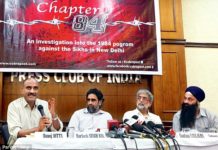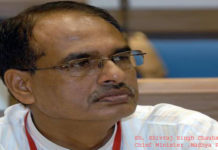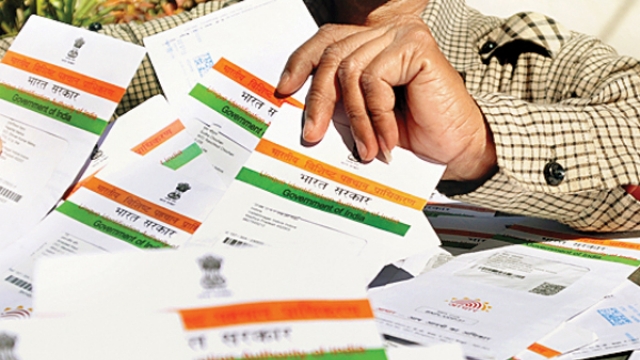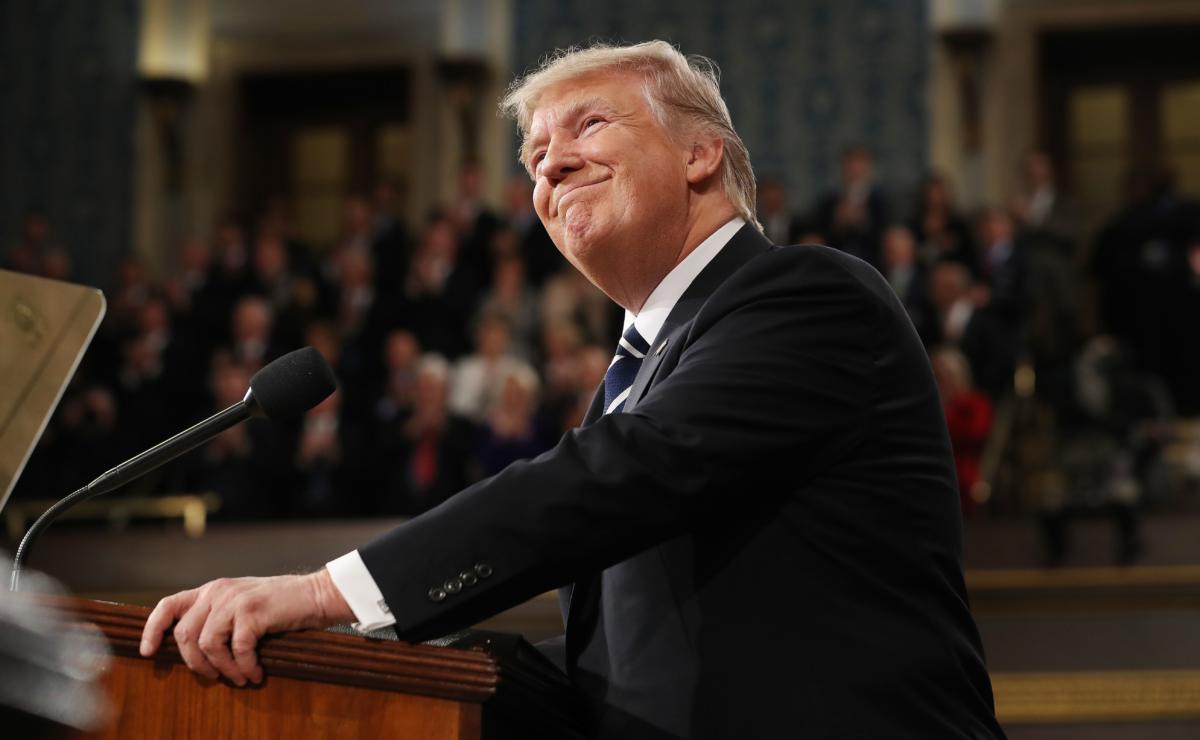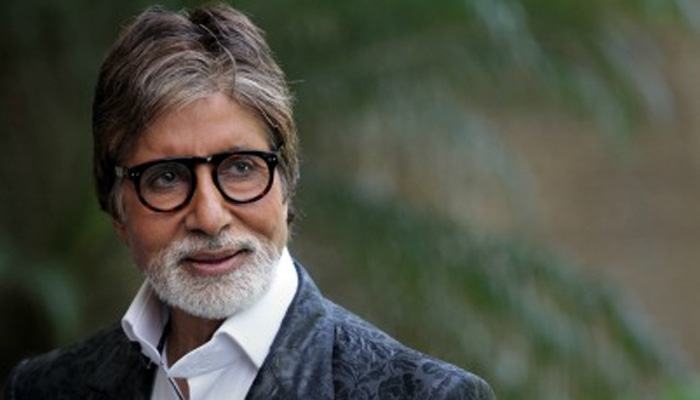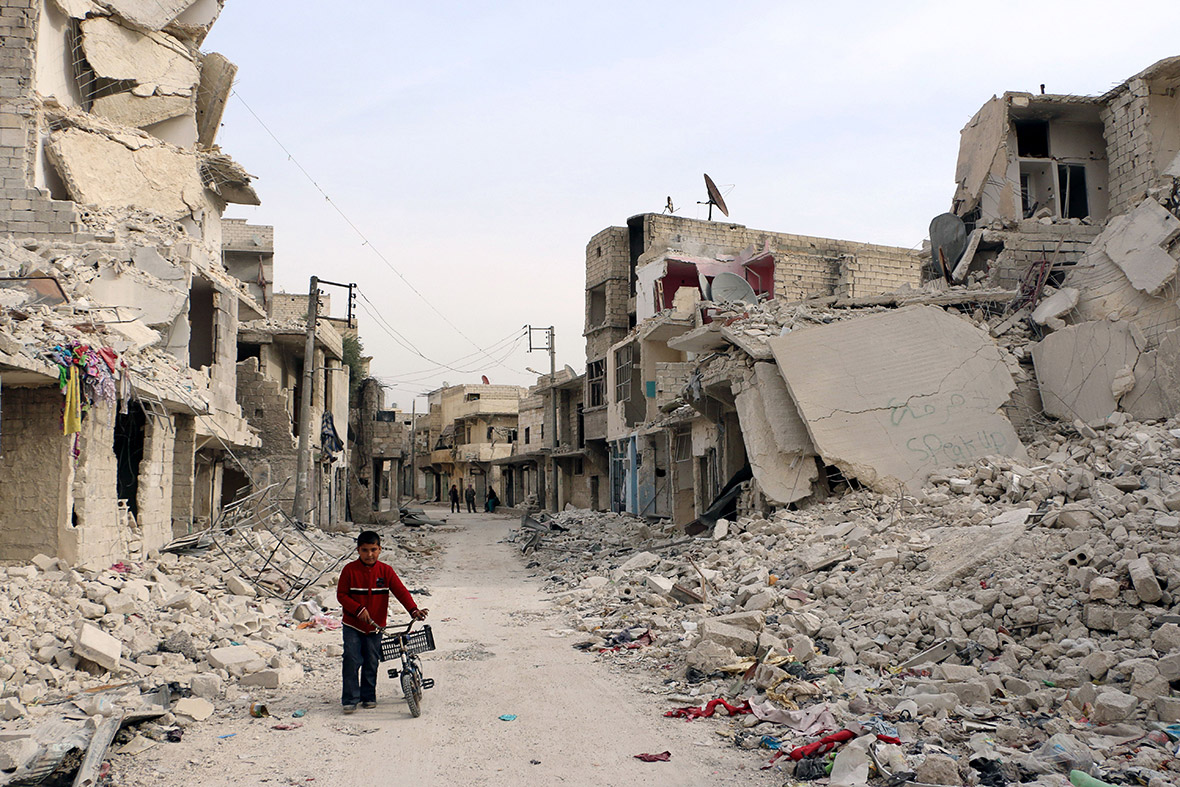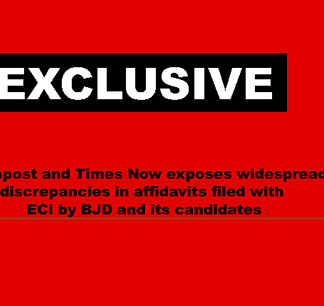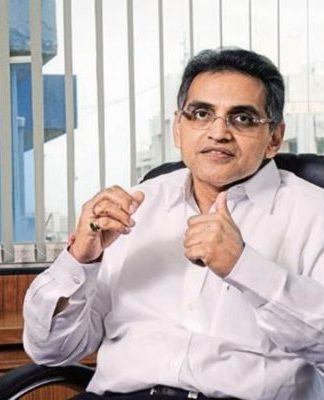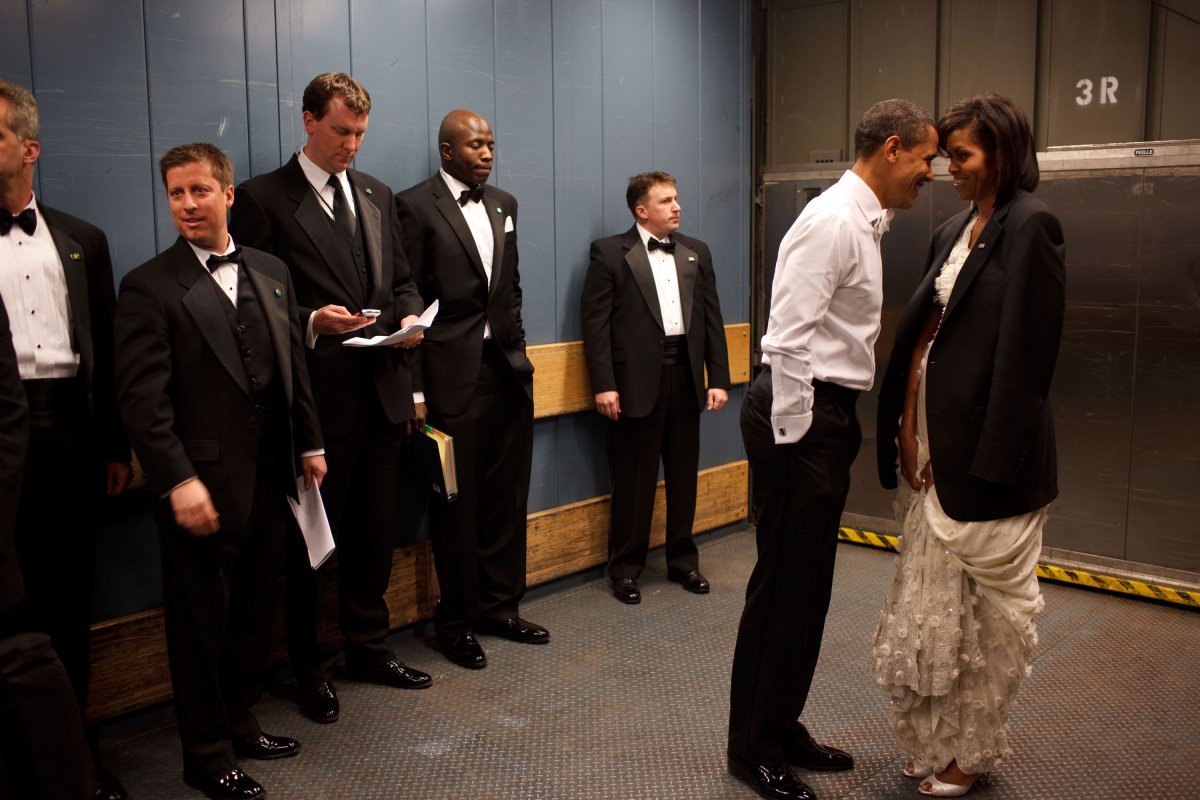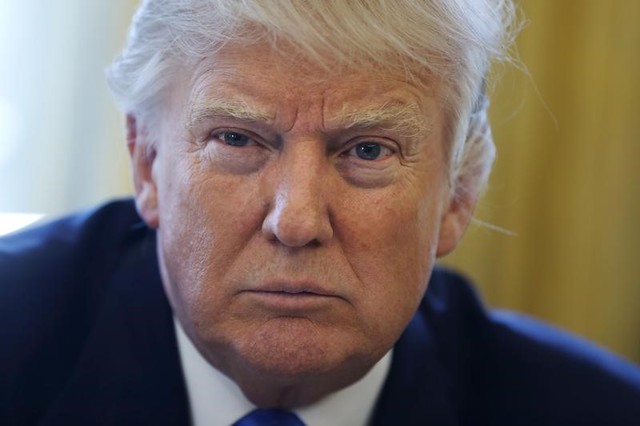“This budget is thus critical, for it would decide the near term direction of the bond markets, interest rates and the currency,” he said. “We do not expect any significant reforms given upcoming elections in key states, only populist measures are expected.”
For the new year starting 1 April, Jaitley will ease the government’s goal to shrink the budget deficit to 3% of GDP and will target 3.3% instead, according to the median estimate in a Bloomberg survey of economists published this month. He will meet the current year’s 3.5% target, buoyed by tax collections as the cash ban pushes people out of India’s vast shadow economy and into the formal banking sector.
The cash squeeze will slow gross domestic product growth to 6.8% in the current year from 7.6% the previous year, the Bloomberg survey shows.
Another complication for Jaitley would be uncertainty surrounding the rollout of a national sales tax, due by September. Analysts expect the introduction to be messy in the near term with implementation costs likely to borne by India’s private sector, which could drag down growth. Modi may need to spend about 0.3% of GDP to compensate states for revenue losses, HSBC Holdings Plc estimates.
There’s also talk of a universal basic income, which could win Modi voters as well as help ease the strife of the cash ban. This would however be immensely expensive for the world’s second-most populous country unless it replaces a plethora of existing poverty alleviation programs, said Pranjul Bhandari, an economist at HSBC. Modi may opt to kick off a similar offering in a few districts first, she said.


